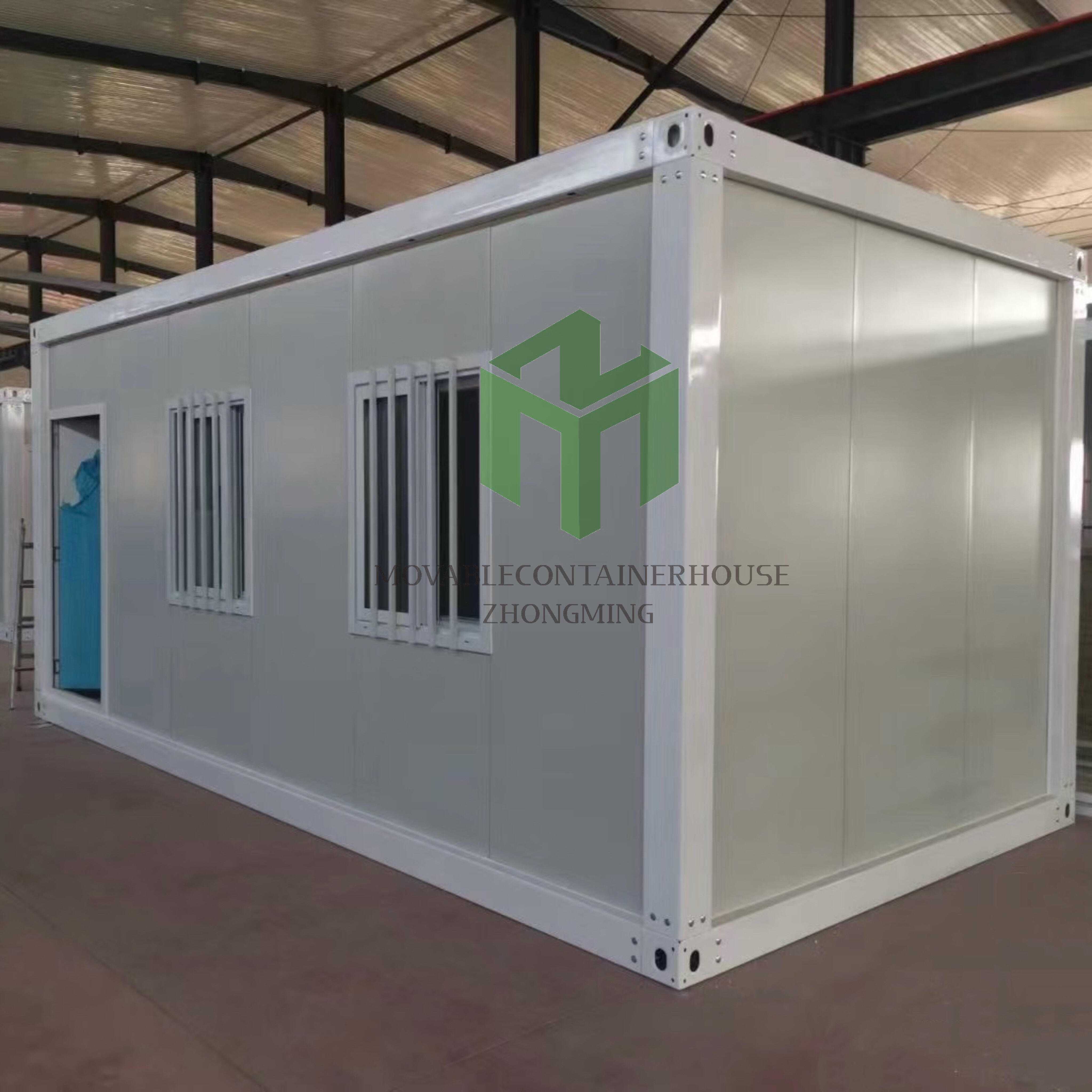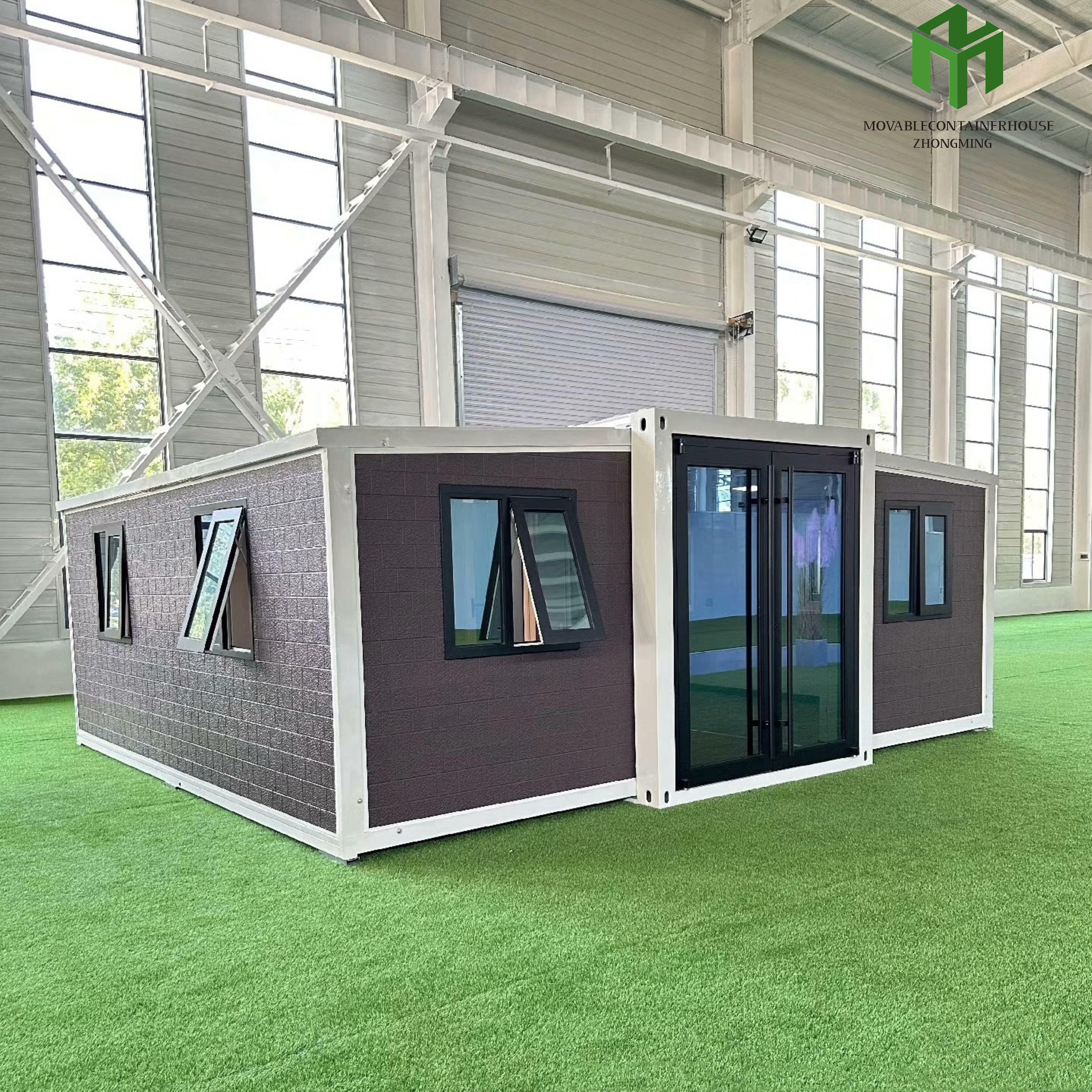Разбиране на икономиката зад съвременните жилища от контейнери
Нарастващият интерес към контейнерни къщи е революционизирал пазара на жилища, предлагайки иновативно и устойчиво жилищно решение. Контейнерна къща цените са станали гореща тема сред бъдещи собственици, инвеститори и привърженици на устойчивостта. Въпреки че тези преоборудвани конструкции представляват привлекателна алтернатива на традиционното жилищно строителство, разходите им могат значително да варират в зависимост от множество фактори. Нека разгледаме ключовите елементи, които влияят върху цените на контейнерните къщи, и какво трябва да имате предвид, преди да инвестираме в такава.
Основни компоненти, които определят цените на контейнерните жилища
Размер и състояние на контейнера
Основата на проекта за контейнерно жилище започва с избора на подходящия контейнер и този избор значително влияе върху цената на контейнерното жилище. Новите контейнери обикновено струват повече, но предлагат безупречно състояние и по-малко структурни проблеми. Стандартните 20-футови контейнери са най-често срещаният избор за помещения от една стая, докато 40-футовите контейнери предлагат повече жилищно пространство, но са с по-висока цена.
Използваните контейнери могат значително да намалят първоначалните разходи, но е от съществено значение внимателната проверка. Контейнерите с минимален износ може да имат нужда само от основен ремонт, докато силно използваните често изискват обширно възстановяване. Състоянието на контейнера влияе не само върху покупната цена, но и върху бюджета за преустройство, необходим за направата му пригоден за живеене.
Сложност на модификацията и дизайна
Степента на модификации, необходими за превръщане на контейнер за превоз в удобно жилищно пространство, има решаваща роля за определяне на цените на контейнерни къщи. Основните модификации включват изрязване на отвори за прозорци и врати, монтиране на топлоизолация и добавяне на вътрешни стени. По-сложни проекти, включващи няколко контейнера или архитектурни елементи като градини на покрива или конзоли, значително ще увеличат разходите.
Индивидуални дизайнерски елементи, като висококачествени повърхности, преmium материали и сложни архитектурни решения, могат да повишат както естетическата привлекателност, така и крайната цена. Сложността на вашите дизайнерски избори е в директна зависимост от разходите за труд и изискванията за материали.

Фактори, свързани с местоположението, и регулации
Транспортиране и достъп до обекта
Цените на къщи от контейнери се влияят значително от транспортните разходи и достъпа до обекта. Преместването на контейнери до отдалечени местности или райони с труден терен може значително да увеличи разходите за доставка. Необходимостта от специализирано оборудване или множество пътувания за къщи от няколко контейнера допринася за общите разходи.
Подготовката на площадката е друг важен фактор. Хоризонталното нивелиране, подходяща основа и връзките с комуналните услуги всички допринасят за крайната цена. Някои местоположения могат да изискват обширни земни работи или специални разрешения, което влияе върху общия размер на инвестицията.
Местни строителни норми и разрешения
Различните региони имат различни правила относно къщите от контейнери, които оказват влияние върху цените чрез изисквания за съответствие. В някои райони може да се изискват конкретни модификации или допълнителни предпазни средства, които не са били планирани първоначално. Строителните разрешения, проверките и изискванията за зониране могат да добавят значителни разходи към вашия проект.
Работата с местните органи още в началния етап на планиране помага да се избегнат скъпоструващи изненади и гарантира, че дома ви от контейнер ще отговаря на всички необходими стандарти. В някои райони може да се изискват професионални архитектурни проекти или инженерни сертификати, което допълнително влияе на бюджета.
Вътрешна довършителна работа и удобства
Теплоизолация и климатизация
Правилното топлоизолиране е от съществено значение за домовете от контейнери и значително влияе на цените на къщите от контейнери. Металната конструкция на товарните контейнери ги прави особено чувствителни към температурните колебания. Висококачествените материали за топлоизолация и монтажът им могат да представляват значителна част от бюджета, но са задължителни за комфорт и енергийна ефективност.
Системите за климатичен контрол, включително отопление, вентилация и климатизация (HVAC), трябва внимателно да се планират и подбират според площта. Изборът между стандартни и високо ефективни системи може да повлияе както върху първоначалните разходи, така и върху дългосрочните експлоатационни разходи.
Санитарни и кухненски уреди
Качеството и количеството на интериорните фиксирани вътрешни уреди и апарати директно влияят върху цените на контейнерните къщи. От основни нужди като санитарни уреди и електрически инсталации до луксозни елементи като системи за умни домове, всеки избор оказва влияние върху крайната цена. Енергийно ефективните уреди могат първоначално да струват повече, но могат да осигурят спестявания на дълга срока.
Персонализираните кабинети, работни плота и други вградени елементи добавят комфорт и функционалност на вашата контейнерна къща, но също увеличават общите инвестиции. Изборът между стандартни и премиум опции за тези елементи може значително да повлияе на крайната цена.
Скрити разходи и дългосрочни аспекти
Поддържане и трайност
Въпреки че контейнерните къщи обикновено са издръжливи, определени изисквания за поддръжка могат да повлияят на дългосрочните цени. Редовни проверки за ръжда, поддържане на уплътненията и контрол на структурната цялост са задължителни. Морската боя, използвана за контейнерите, се нуждае от периодично обновяване, за да се предотврати корозията.
Инвестирането в качествени материали и правилно водоотделяне по време на строителството може да намали разходите за поддръжка с течение на времето. Имайте предвид климата във вашия регион и това как той може да повлияе на изискванията и честотата на поддръжката.
Застраховки и финансиране
Цените на къщите от контейнери могат да бъдат засегнати от опциите за застраховане и финансиране. Някои застрахователни компании могат да начисляват по-високи премии за къщи от контейнери, докато други изобщо може да не предлагат покритие. Проучете наличните застрахователни опции и техните разходи, преди да се ангажирате с проекта си.
Финансирането на къща от контейнер също може да създаде уникални предизвикателства. Традиционните кредитори за жилищен кредит може да са нерешителни да финансира къщи от контейнери, което потенциално води до по-високи лихвени проценти или необходимостта от алтернативни методи за финансиране.
Често задавани въпроси
Какъв е средният ценови диапазон за къща от контейнер?
Цените на къщи от контейнери обикновено варират от 30 000 до 200 000 долара, в зависимост от размера, сложността на дизайна и качеството на отделката. Основните къщи от един контейнер започват от по-ниската граница, докато луксозните къщи от няколко контейнера могат да надвишат горната граница на този диапазон.
Как се сравняват цените на къщите от контейнери с тези на традиционните жилища?
Къщите от контейнери обикновено струват с 20–30% по-малко в сравнение с традиционното строителство при равни квадратни метри и удобства. Въпреки това, уникални изисквания за дизайн или висококачествена отделка могат да доведат до цени, приближаващи тези на традиционното строителство.
Какви са най-значимите възможности за икономия при строителството на къщи от контейнери?
Най-голямата икономия често идва от внимателно планиране, използване на рециклирани материали там, където е уместно, опростяване на проектите и извършване на част от неквалифицираната работа самостоятелно. Винаги обаче трябва да се осигури професионално изпълнение на ключови елементи като структурни модификации и инсталации.
Колко време обикновено издръжат домовете от контейнери?
Добре поддържаните контейнерни къщи могат да траят 25 години или повече. Редовното поддържане, качествената първоначална изградба и правилната защита срещу атмосферните условия са ключови фактори за максимизиране на продължителността на живот и защита на инвестициите ви.


